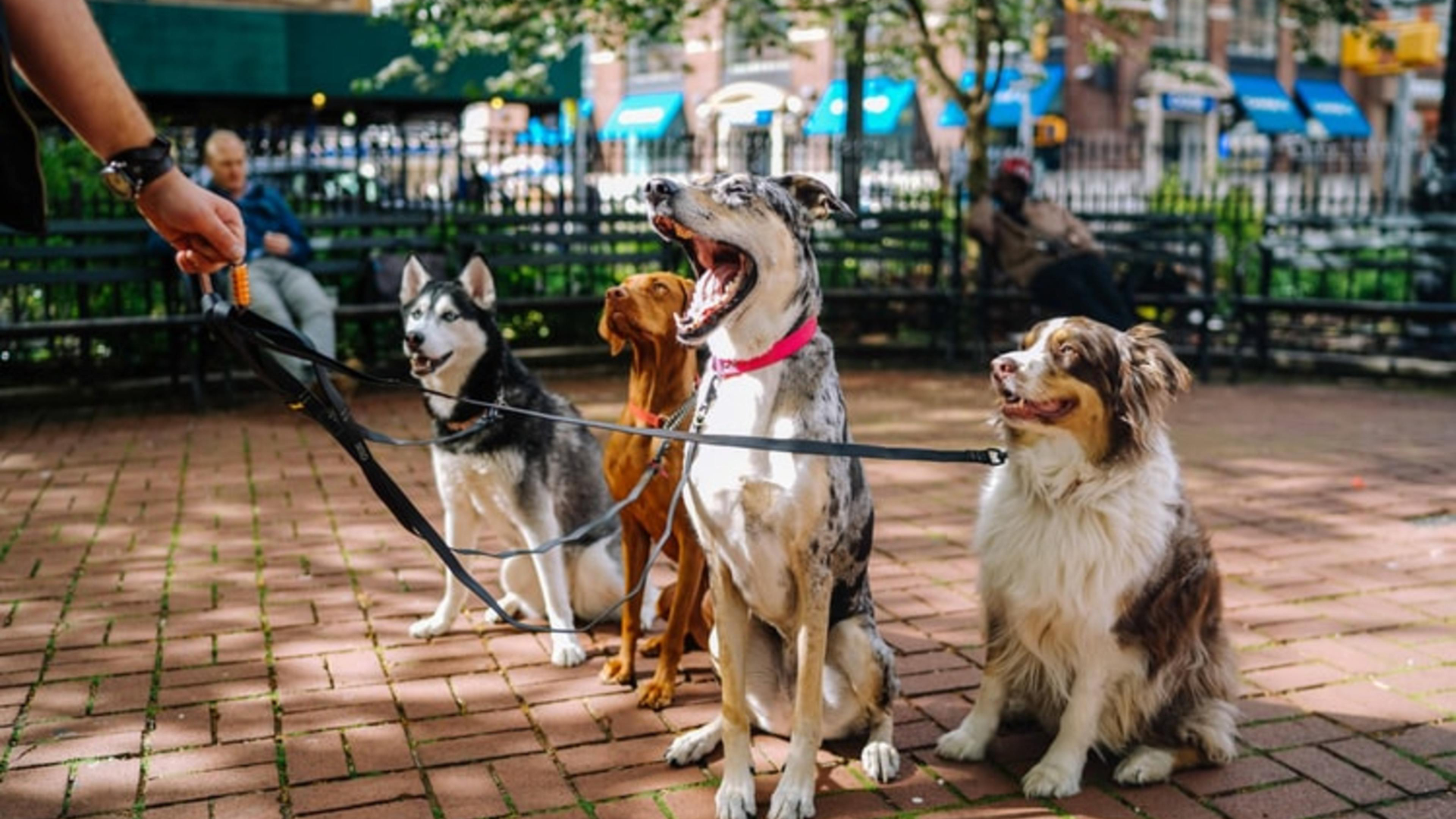Experiencing a Dog Walk During COVID
Walking the dog has been one activity allowable under the strict COVID lockdown in the city of Cuenca, Ecuador.
Husband Gary and I walk our dog, Star, twice daily, to her delight.

Technically, it has usually been me walking with her around our neighborhood. That enabled me to see how the city responded, how the populace responded, and how nature responded to the limitation of human activity.
At the beginning of the lockdown, the quiet of the city was stunning. Few cars and motorcycles, no buses or planes obscuring the sounds of nature.
Suddenly the Tomebamba River was audible from all points within our neighborhood. Dogs still barked, but even they became more hushed as weeks passed.
Nighttimes have been a pleasure, and sleep has been deeper without all the usual honking of car alarms and store security systems.
The absence of nightly fireworks and air cannons has been a tremendous relief for Gary and me.
The COVID Curfew Changed Things
In late March, they ordered a curfew in Cuenca, from 2:00 pm till 5:00 am. From my window, I noticed that it took a week of adjustment before people became accustomed to scurrying home in time. All grocery stores, Mercados, and banks became crowded with long lines, as the designated “one person per family” rushed to get all errands done in time to be home by 2 pm.

Star and I pushed it to the limit, walking till 1:45 and then trotting home quickly as the clock struck the hour. After 2:00 pm, the motorcycle delivery people had the entire city to themselves, zipping freely between restaurants and homes with their precious food cargo.
As curfew fell, my husband and I changed into what we called our “daytime pajamas”. Every day, we would wear our most comfy clothes, since nobody would come to visit. It felt peacefully decadent.
From our front yard, we could see other neighbors in pajamas relaxing behind ubiquitously gated walls.
They laid off-street sweepers during March. On our dog walks, I brought extra bags to pick up trash from the parks. When I went to the park’s trash receptacle, it was overflowing. Park maintenance people were down to a bare minimum; it seemed they emptied the park trash containers only every other week.
Parks and Waters Back To Nature
Parks were not being mowed either. Grass grew higher, and insects proliferated visibly. Flowers proliferated, too. Dandelions, clovers and others thrived and grew tall among the grasses. Bees fed in an abundance they never had before.

When Star and I ranged farther to explore the river paths, it was heartwarming to see every size and variety of bees and butterflies feasting to their hearts’ content on flowers. I saw an increase of lovely lacy spider webs in the grass, and less trash. Star couldn’t get enough of rolling in the lush greenery.
Few other walkers were visible during the first month of lockdown; mostly masked shoppers heading to or from the pharmacy, grocery or bank. People were deeply scared of this new contagion, staying home unless absolutely necessary. I could see no children playing anywhere. The nearly empty streets felt eerie. Star looked for dogs to play with, but they were indoors, too.
Things Are Changing, Still
In the second month, April, people became restless. More dog walkers appeared, and Gringos slightly outnumbered locals. Indigenous farmers came down from the hills selling produce, fish, and eggs from carts.

As neighbors became hungrier, some asked for food. Hungry beggars knocked at our gate.
Soon food distribution services developed, reducing the begging. Gringos donated to volunteer food efforts. Our neighborhood baker walked around handing out loaves of bread.
Neighbors gathered in a park in widely spaced groups to visit. Strangely, the songbirds disappeared. They must have flocked to the larger parks to party in the absence of people.
Newly painted circles on the sidewalks confused us until I learned that they marked where to stand in line for the banks and the few open shops. Star sniffed them curiously. The world was different, the scenery on our walks was changing, and changing more every day.
Stay tuned for part two of this article.
by: Bonnie Willow

